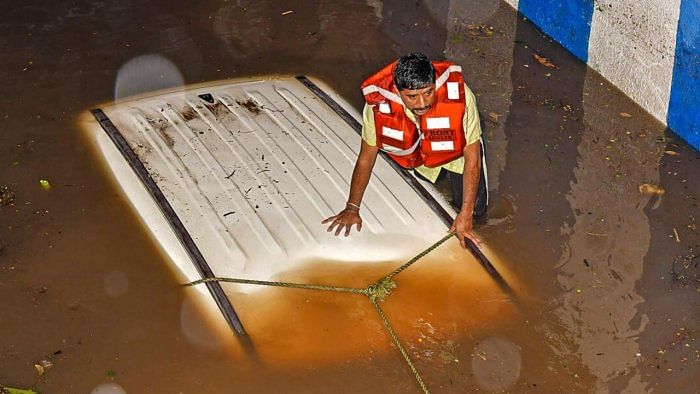
In the wake of heavy rainfall, the safety of pedestrians has become a pressing concern as reports surface about underpasses in the city flooding. With the potential risk of similar situations arising in subways and underground pedestrian walkways, the vulnerability of these crucial passageways has come under scrutiny. Our team at DH recently visited a number of pedestrian subways in the city, shedding light on the current conditions and raising questions about the safety measures in place.
KR Circle
The pedestrian underpass near KR Circle, where a tragic incident claimed the life of a 23-year-old software engineer on Sunday, remains open for pedestrian use. A small section of a tile allows water to flow into an underground drain, but its effectiveness during heavy downpours is yet to be determined.
CBI Junction
Pedestrian subways play a vital role in helping people cross main roads across the city. At the subway near CBI that leads to the Hebbal bus stand, remnants of the heavy Sunday shower were still evident. Despite the risks, pedestrians cautiously navigated the dimly lit spaces while vehicles rushed by. “We understand the dangers involved, but there is no alternative way to cross the road here. During rainfall, pedestrians are left with no choice but to either stay home or wade through water,” shared a mother-daughter duo using the underpass.
Yeshwantpur
The pedestrian subway in Yeshwantpur, facilitating daily movement between Tumakuru Road and the fish market for thousands of people, succumbed to flooding following Sunday evening’s torrential rains. Although the water receded within an hour after the rainfall stopped, there remains a persistent risk throughout the monsoon season that could hinder movement.
“This is not a new issue, yet despite complaints from local vendors and residents, no steps have been taken to address it,” said a fish stall manager near the subway.